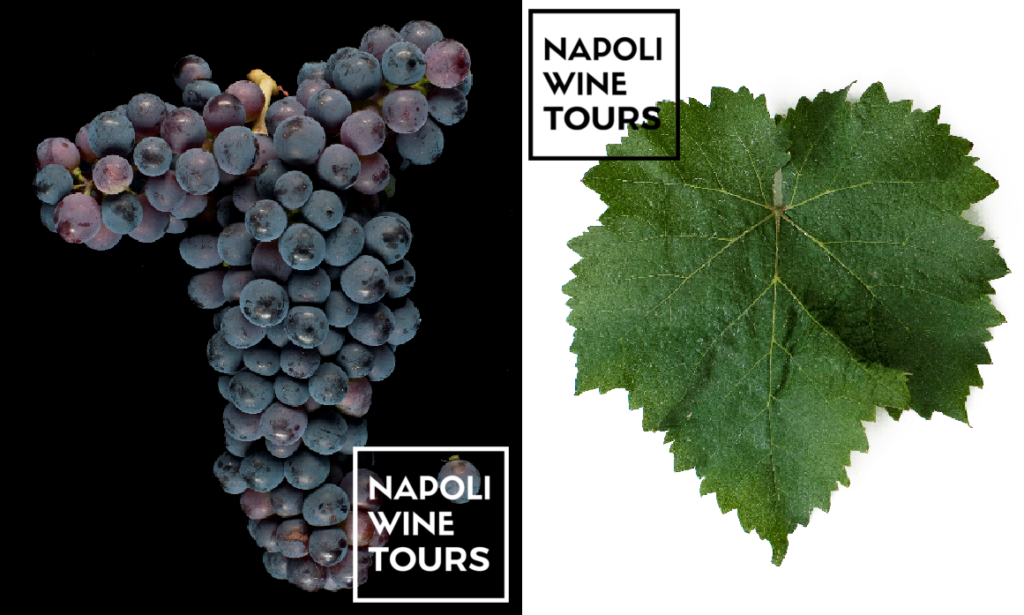
Exercises in style: Nebbiolo!
Today to start our walk among the rows of one of the most famous Italian vines, we made use of a literary quote.
Raymond Queneau and his “Exercises in Style ” inspired this article: the same story can become something completely new if the style with which it is narrated changes!
Here is the case of our Nebbiolo! Known far and wide thanks to Barolo, this grape variety has multiple facets, clones and interpretations.
Known already in the Middle Ages, appreciated by Carlo V, Carlo Alberto, perhaps the contribution of Camillo Benso Conte di Cavour will bring the right prestige to Barolo.
To those who have not been surprised by the multiple nuances of this grape variety which in addition to the Nebbiolo di Langa variety is present in other districts with different names such as Neiret from the Pinerolo area, or the various Aisone, Stroppo, Gabardin, Scalatin, Croatina in Northern Piedmont or even the Sardinian one (Dolcetto). Due to the phenotypic variability, this grape takes different names, and is found in many areas of northern Italy: the Picoltener and the Prunent in the Aosta Valley, the Spanna (Novarese), the Chiavennasca (Valtellina), the Melasca ( in the Biellese area) and Martesana (Brianza). In total there are 98 clones (a further coincidence with the 99 variations of Queneau’s “story”), among which the best known are Lampia, Michet, Rosé in the Langhe.
Not being able to write here a treatise on the phenotypic variables of Nebbiolo we will stop today to browse among the “Piedmontese styles”.
The well-known DOCGs that use this grape are: Barolo and Barbaresco (Nebbiolo 100%), Gattinara (nebbiolo + bonarda), Ghemme (nebbiolo + vespolina), and Roero (nebb + arneis) with the prevalent percentage of nebbiolo.
There are, however, many lesser known and / or prestigious DOCs that give us noteworthy ” exercises in style “.
We decided to analyze the Novara area in detail, so where it is called SPANNA, we can find 3 interesting DOCs: BOCA, FARA and SIZZANO.
Boca is assembled with 45-70% nebbiolo (spanna), 20-40% vespolina and max 20% rare grape (bonarda novarese). It cannot be marketed unless after aging for at least three years, two of which in cask oak or chestnut; it is a tannic wine, rich in salts, with a ruby color tending to bright garnet. It is a wine that must necessarily be aged because it acquires softness and releases all its virtues. Its ethereal, fine bouquet, with delicate and wide aromas recall sweet spices and ripe fruit. Warm and dry on the palate, this full-bodied wine is pleasantly acidic and highlights the presence of tannins tending to sweet, which invite you to drink leaving your mouth clean.
The Fara is assembled with 50-70% nebbiolo (Spanna), vespolina and rare grape (bonarda novarese) 30-50% alone or jointly. It is offered for sale after being subjected to aging for at least 22 months, of which at least 12 in wood. It has a beautiful ruby red color, which becomes more intense, until it takes on garnet notes, with the progress of aging. On the nose this wine gives its best, because it boasts a pleasant aroma with fruity scents: there are clearly nuances of strawberries and red fruits, but also of violet and violet. Finally, on the palate the Fara is dry, sapid and fully harmonious, a proud red wine, full-bodied and very thick.
SIZZANO is assembled with nebbiolo (spanna) from 40 to 60%, Vespolina from 15 to 40% and rare grapes (bonarda novarese) for 25%. Sizzano is a wine with mandatory aging of three years, two of which must be spent in oak or chestnut barrels. Its color is ruby red, with garnet reflections, it has a delicate perfume with hints of violet. It is a wine rich in personality and structure capable of resisting time. It is said that even a person expert in oenological subjects such as Camillo Benso Conte di Cavour had become enthusiastic about Sizzano
Our little tour in the Novara province ends here, to taste these wines do not hesitate to contact us, a sommelier will guide you on the traces of the Nebbiolo.
